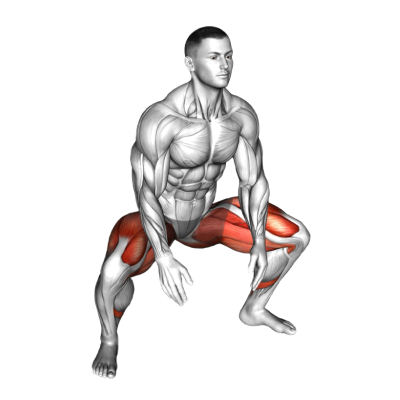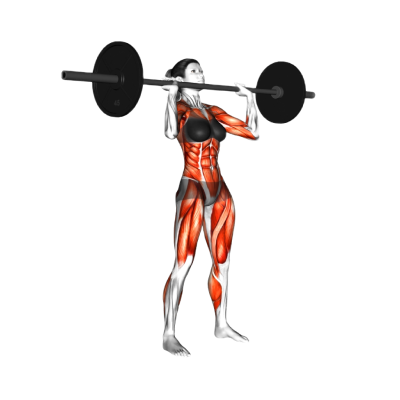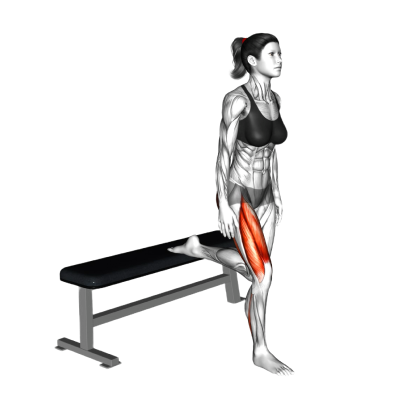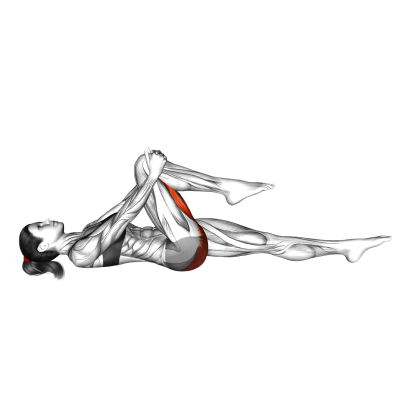What is a Curtsy Lunge
A curtsy lunge is a lower-body exercise that targets your glutes, quads, and inner thighs. It’s a great way to improve your overall balance and coordination.
In this exercise, you step one leg diagonally behind the other, dropping into a lunge as if you were doing a curtsy.
It’s a unique movement that activates your gluteus medius and minimus (the smaller muscles of your glutes). These muscles are typically neglected in a standard lunge, so it’s an excellent exercise for building strength and stability throughout your hips. You can do curtsy lunges with or without weights.
How to Do Curtsy Lunge
Stand with your feet hip-width apart and your hands by your sides.
Move your right foot clockwise until it crosses behind your left foot. Keep your right toe tucked and clasp your hands together (if doing unweighted curtsy lunges).
Lunge down until your back knee almost touches the floor. Briefly hold.
Push up to the starting position.
Muscle Worked
Primary Muscle Groups
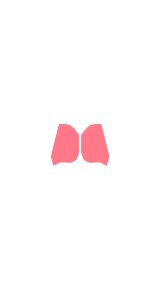

Glutes
The glutes help you extend your thighs from the hips and drive you forward.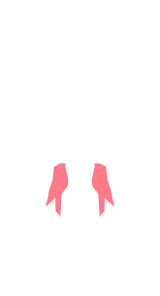

Hamstrings
The hamstrings flex your knees and extend and rotate your hips

Quads
"Quads" refers to your quadriceps femoris muscles which flex your leg from the hip joint and extend your leg from the knee joint.

Adductors
The adductors are the muscles on the insides of your thighs that move your legs toward the midline of your bodySecondary Muscle Groups
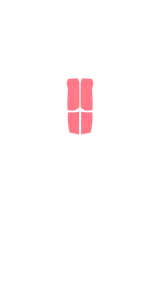

Abs
"Abs" refers to your abdominal muscles, which sit at the front of your trunk between your ribcage and pelvis

Calves
The calves are the muscles at the back of the lower part of your legs

Lower Back
The low back helps stabilize your spinal column and connects your upper body to your pelvis.

Obliques
The obliques help you twist your trunk and support your core and spine.Pro Tips
Step on a Diagonal: When you’re stepping back, aim for a diagonal angle rather than directly behind your front leg. This helps you engage your gluteus medius and inner thighs effectively to see more benefits from your curtsy lunge.
Don’t Twist Your Hips: Avoid leaning forward or sideways during a curtsy lunge. Try to keep your torso straight up to save your lower back and take the work out of your spine.
Curtsey Lunge Benefits
Builds Stabilizer Muscles: Curtsy lunges use a unique stance where one foot crosses in behind the other. We don’t often make this position in everyday life, so it’s a unique way to build up your balance and stabilize muscles.
Transverse Training: A curtsy lunge involves squatting movements across your body's center line, making it an exercise within the transverse plane. Transverse plane exercises include any movement that rotates around this imaginary center line. Not only are you squatting side to side, but curtsy lunges require an element of spinal rotation. This translates to sports where you need to swing, like golf or baseball.
Variations
Warm Up & Cool Down
Warm Up
Leg Swings: Stand by a wall, putting your hand against it for support. Stand on one leg and swing the other back and forth, then side to side. This gets your hips loosened up and your legs ready for multi-directional movement like in curtsy lunges.
Bodyweight Side Lunges: Lunge side to side to activate your glutes, quads, and inner thighs. You may want to use a resistance band. This gets your muscles ready for the lateral component of your curtsy lunges.
Hip Circles: Bring your feet shoulder-width apart and make big circles with your hips to warm your hip joints up.
Cool Down
Figure-Four Stretch: Sit or lie on the ground and cross one ankle over the opposite knee. Gently press down on the crossed leg. This stretches your glutes and the outsides of your which are some of the main muscles you work doing curtsy lunges.
Inner Thigh Stretch: Sit with your legs apart and lean forward slightly. Try not to hunch your back, but instead to keep your spine flat. This stretches your inner thighs and adductors muscles (the muscles that you use to bring your thighs together).
Hip Flexor Stretch: Stand up and step into a lunge, dropping your back knee to the ground. Lean forward to get deeper into your hip flexors. You can also try side bending from this position if you like.
FAQ
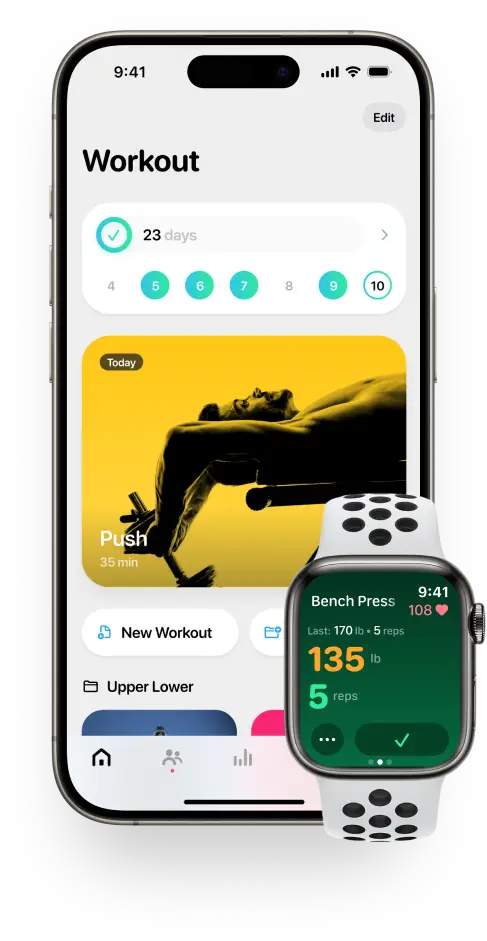
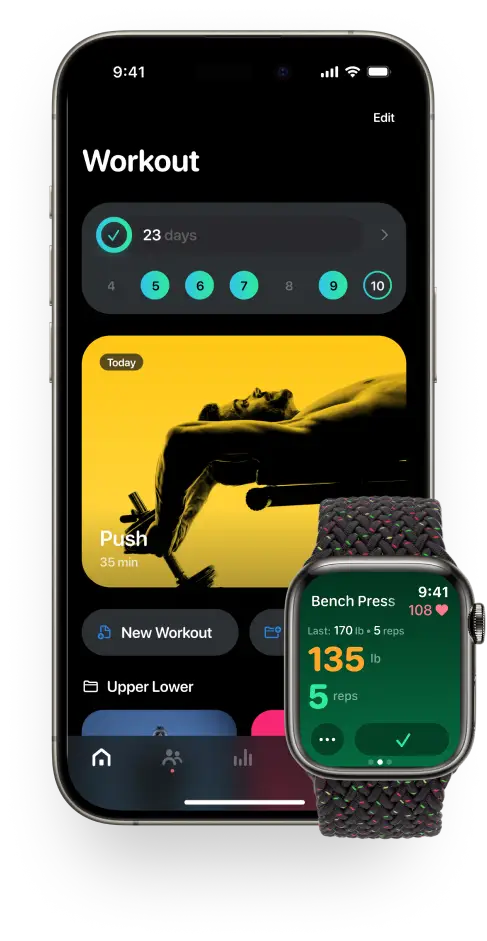
Get fit with Flex
Build muscle & lose weight fast for free.
Available on iPhone + Apple Watch

